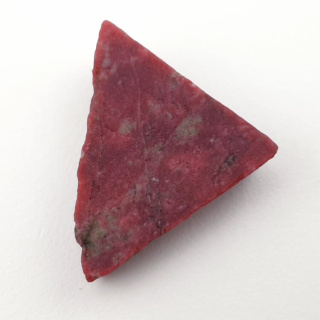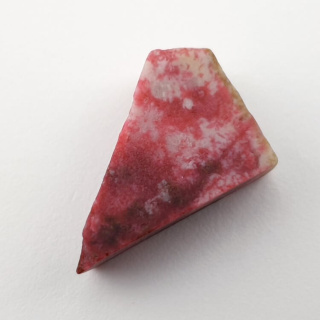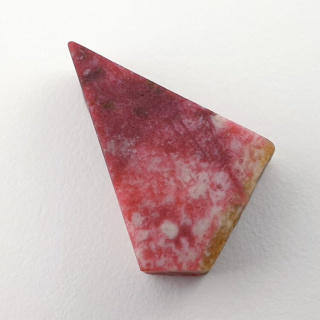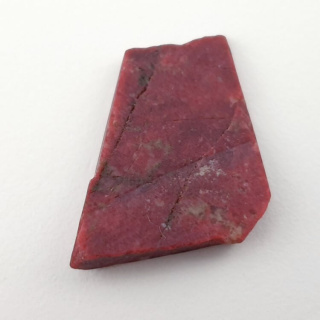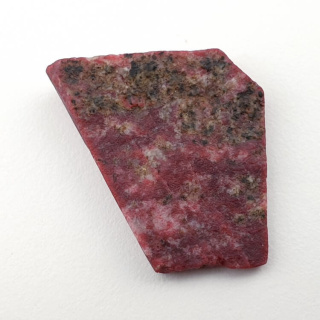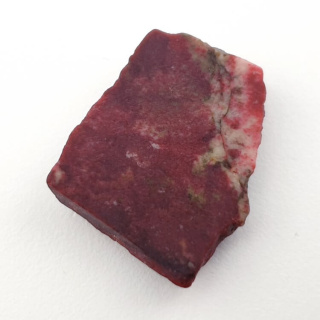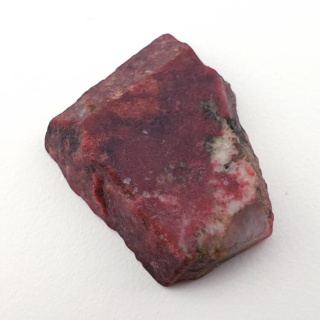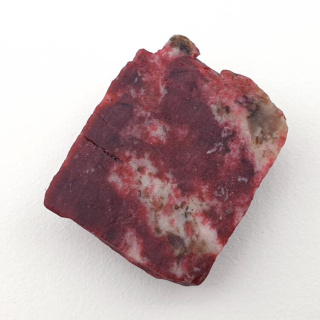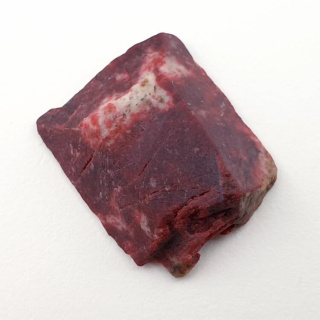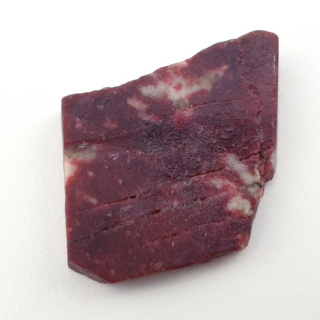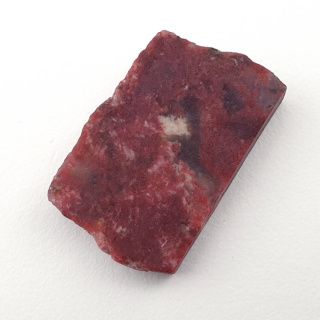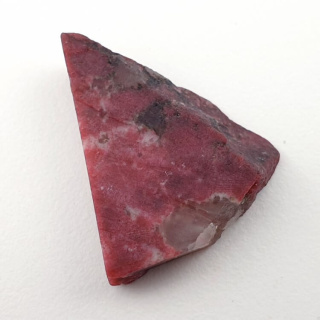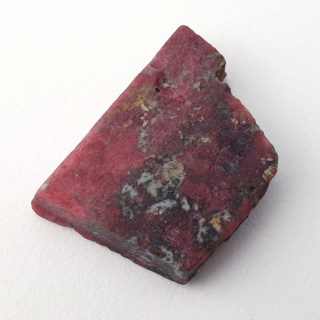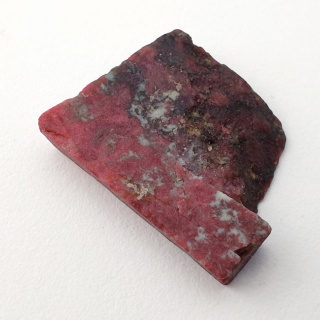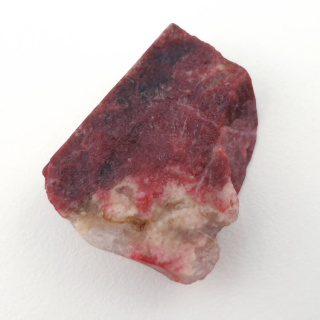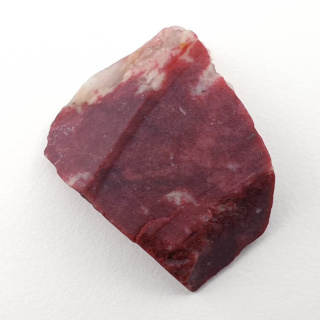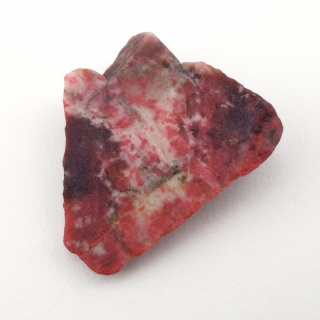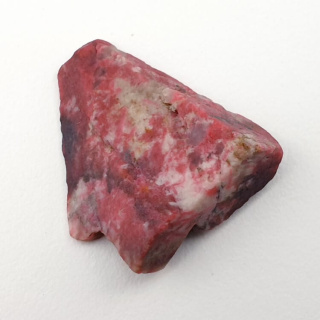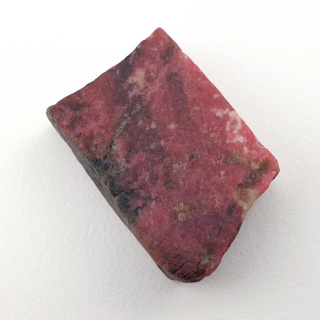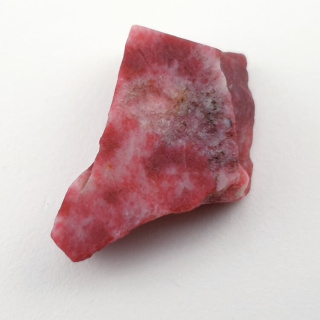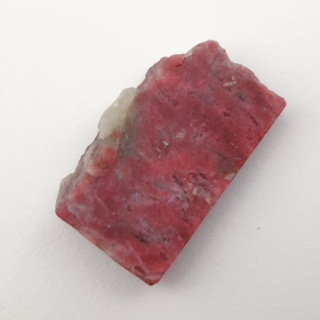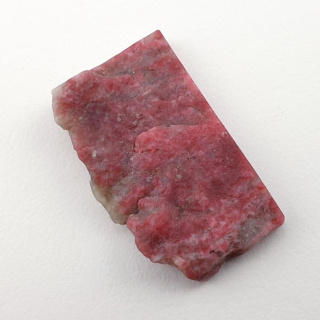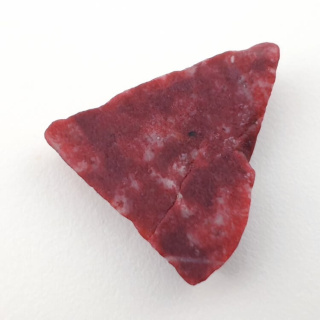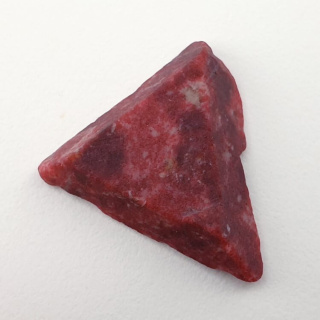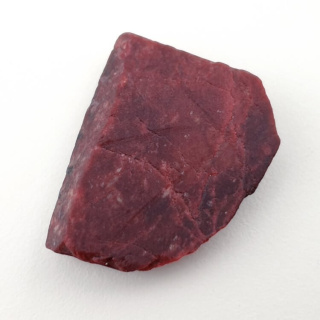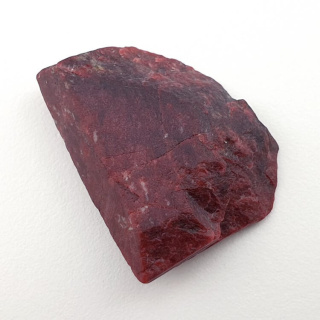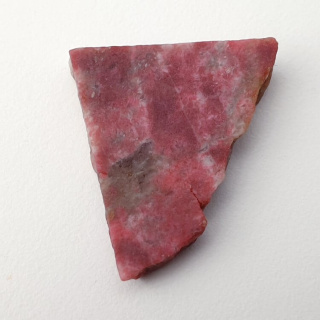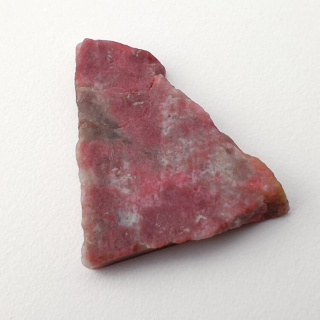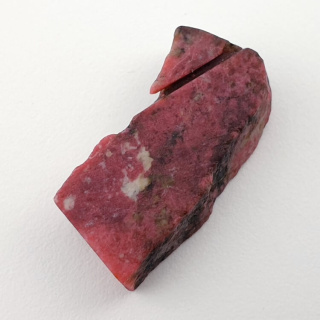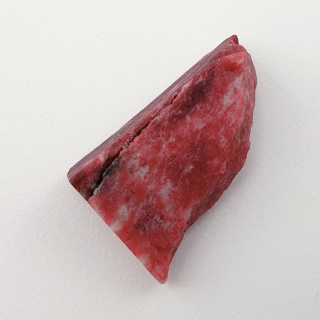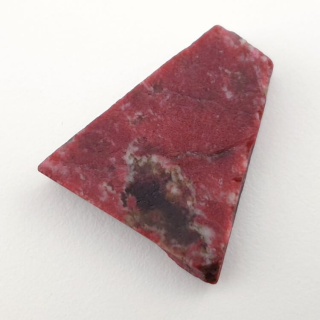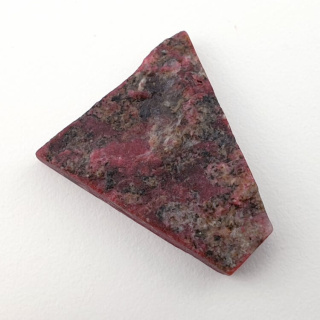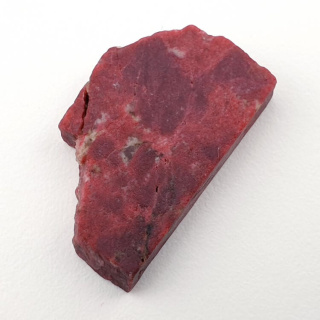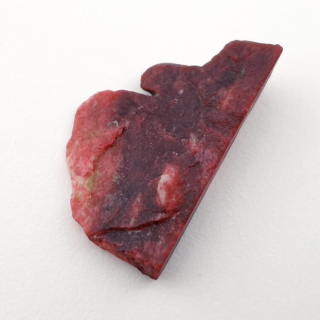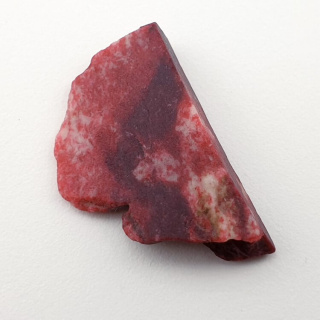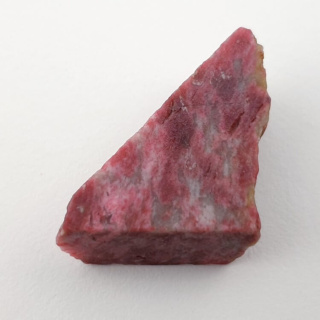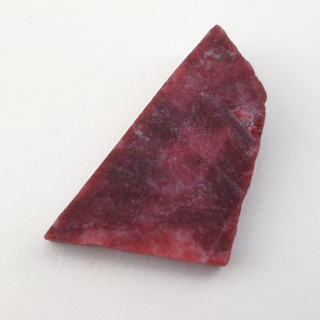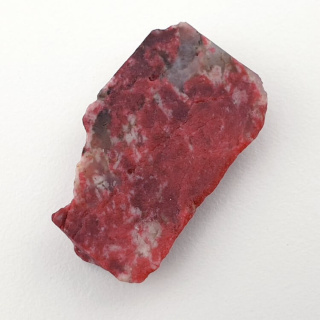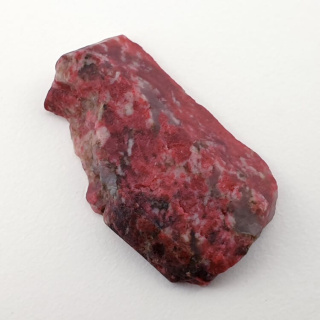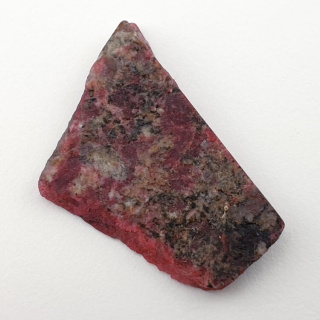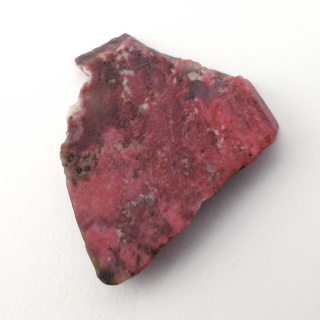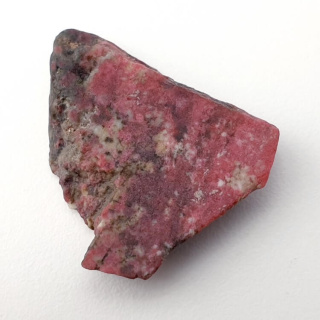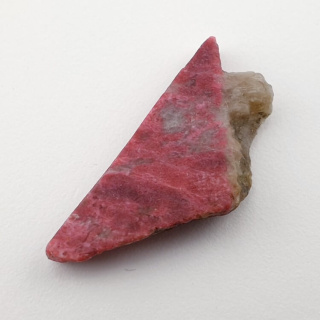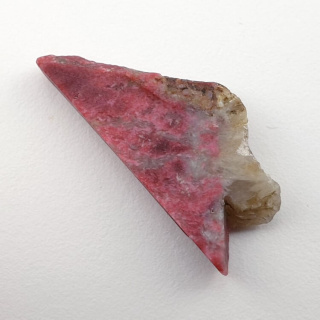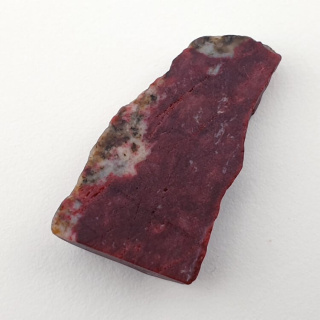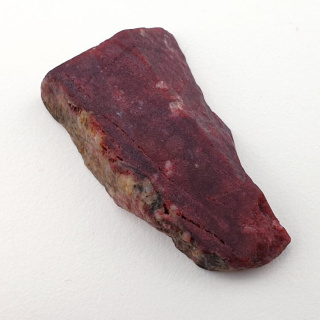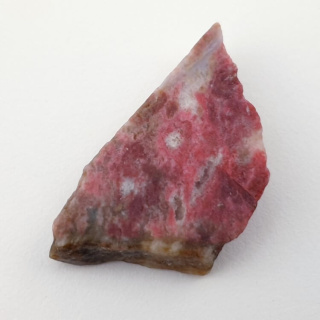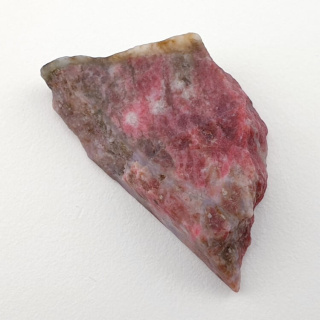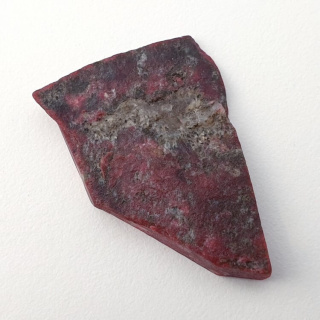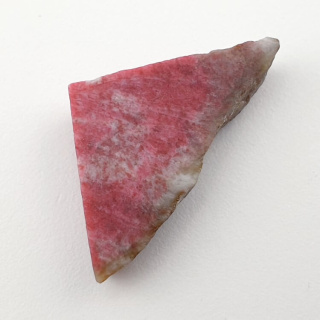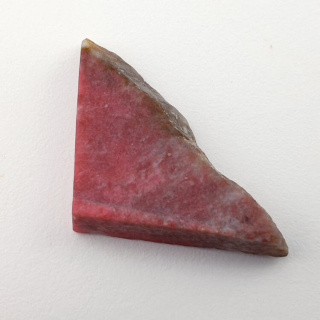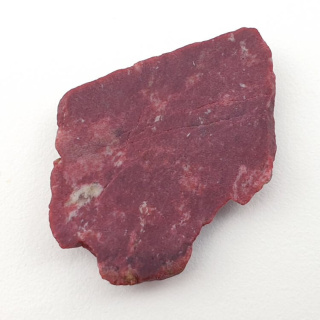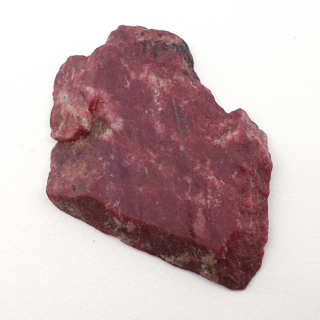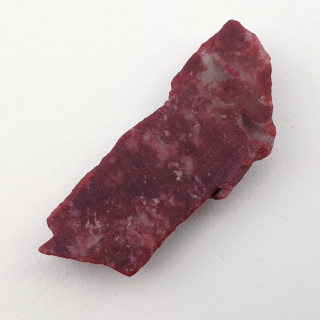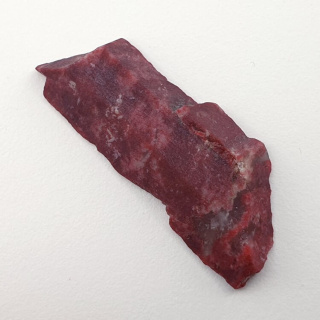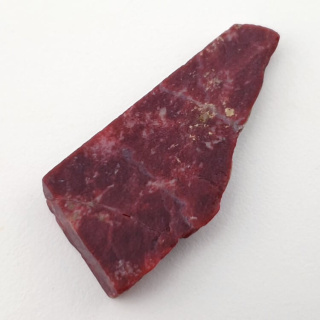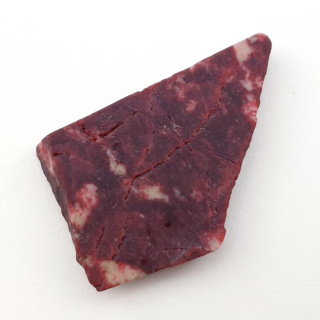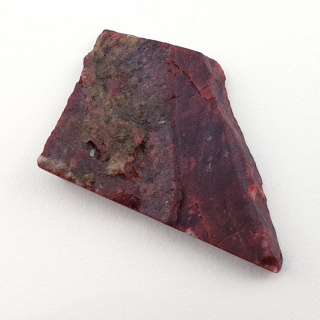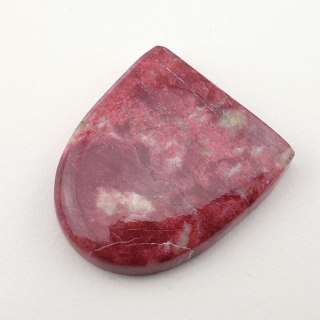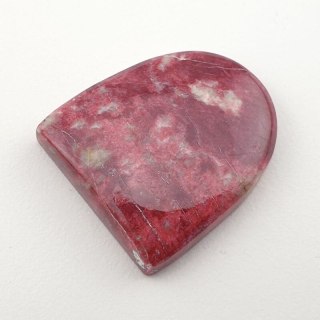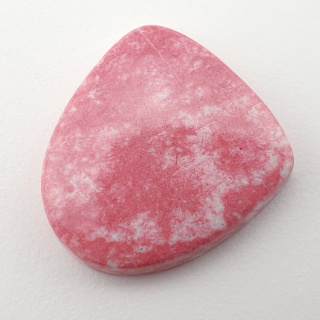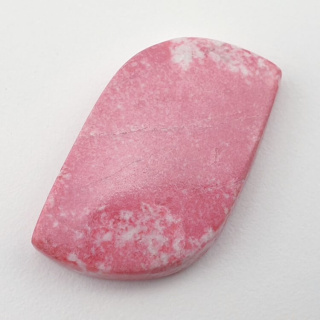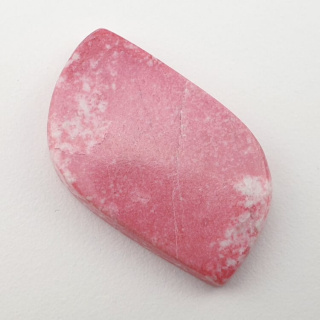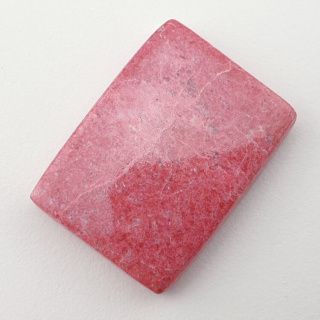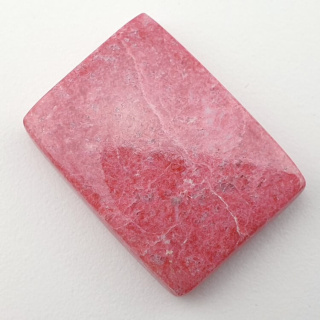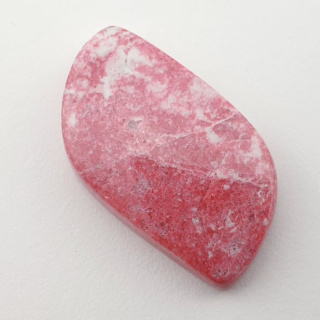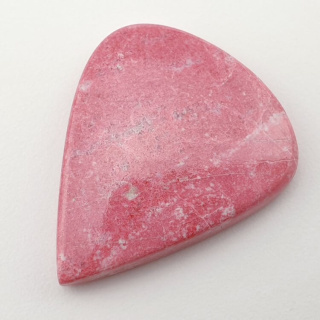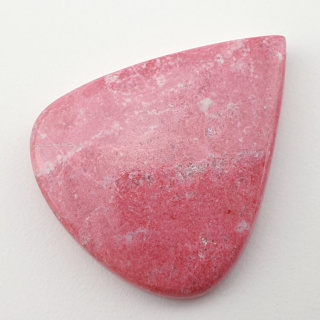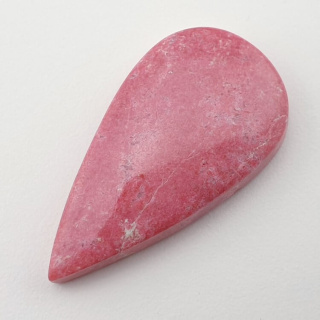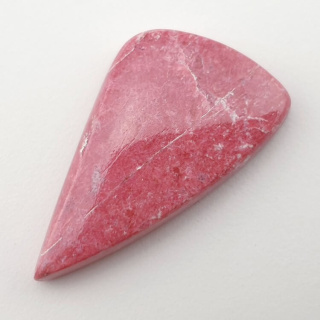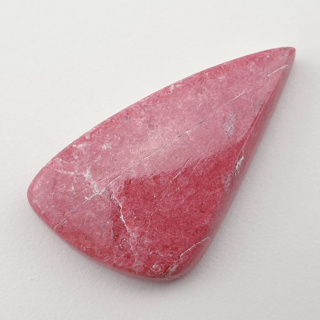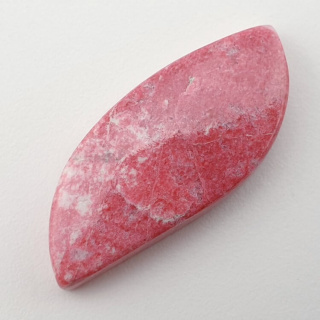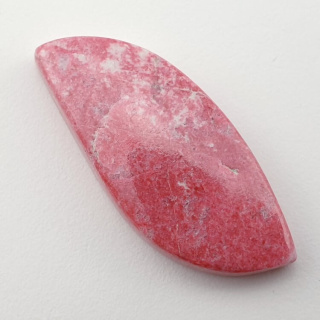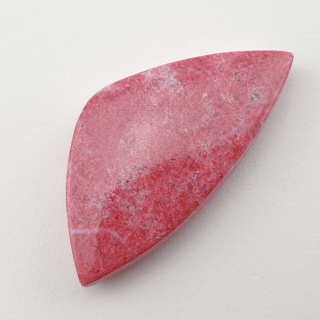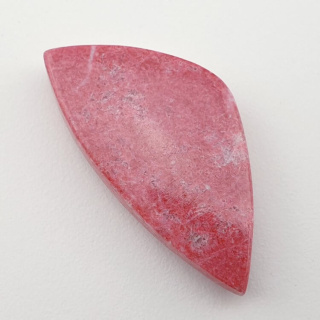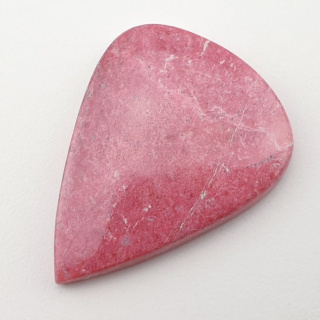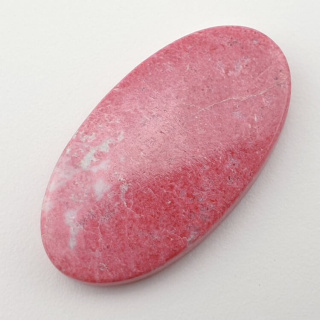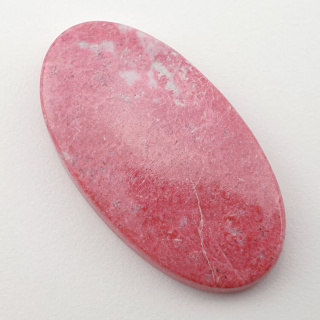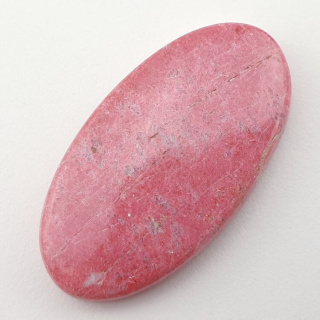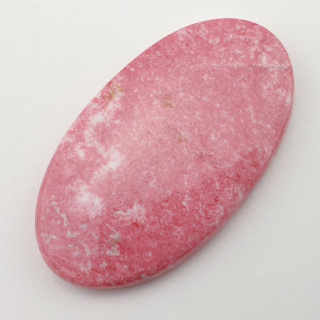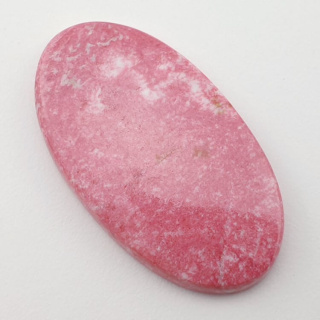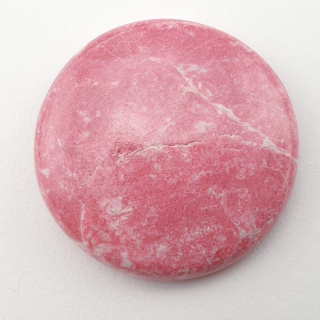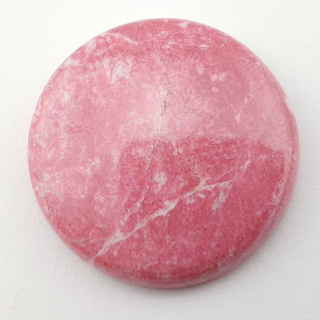Discover the magic of Thulite stone, its properties, uses, and secrets.
Number of products : 57The name of the stone Thulite comes from the Old Norse word “Thule,” which refers to a mythical land located in the north. This fascinating stone, also known as pink zoisite, has a distinctive intense pink color that catches the eye and arouses curiosity. Thulite is one of the gemstones that is increasingly used in jewelry and artistic designs. Its color can vary from a delicate pink to a deep, intense shade of red. It is the unique colors of thulite that give it its unique charm and attract the attention of both collectors and those looking for unusual jewelry.
The origin of thulite dates back thousands of years, and its main deposits are found mainly in Norway, although it is also found in other parts of the world. This stone is associated with Norse mythology and has its place in local legends and history.
What is thulite?
Thulite, also known as pink zoisite, is a mineral belonging to the silicate group. It is an ornamental stone with a characteristic pink color, which is the result of the presence of manganese. Thulite often occurs in the form of rock formations or veins in sedimentary rocks. The main deposits of thulite are found in Norway, particularly in the vicinity of Leksvik. It can also be found in some other regions of the world, such as Sweden, the Austrian Alps, India, the United States, and Canada.
Thulite is usually bright pink in color, but its hue can vary from pale pink to deep red. This stone is known for its attractive color and is often used in jewelry, both in the form of cut stones and raw materials in the form of beads, cabochons or rough stones.
What are the main characteristics of thulite?
The main characteristics of thulite are:
-
Color: Thulite is distinguished by its intense pink color, which can vary in shade from delicate pink to deep red. It is this unique color that gives it its exceptional charm.
-
Hardness: Thulite has a hardness of 6.5-7 on the Mohs scale, which means it is durable enough to be used in jewelry and withstand everyday wear.
-
Texture: Thulite often has a smooth and uniform texture, which adds to its elegance and makes it visually appealing. Sometimes, delicate patterns or veins may be present.
-
Rarity: Although thulite occurs in various geographical areas, it is not commonly found. The availability of thulite may be limited, especially when it comes to larger, exceptionally beautiful specimens.
-
Uses: Thulite is often used in jewelry, in the form of cut stones, beads, cabochons, or specimens in the form of loose stones. It can also be used in sculpture, decorations, and in spiritual practices and meditation.
Where does thulite come from? Is it found in specific geographical areas?
Thulite comes mainly from Norway, where its largest and most important deposits are found. The deposits near Leksvik, in the Trøndelag region, are particularly well known. Norway is considered the main source of thulite in the world.
Apart from Norway, Thulite is also found in other parts of the world, although it is not as common. It can be found in some areas of Sweden, such as Värmland, and in the Austrian Alps. There are also some smaller deposits of Thulite in India, the United States (California) and Canada.
However, it is worth noting that Thulite can be rare in larger quantities, especially when it comes to the quality and beauty of the stones. The availability of Thulite may be limited, and some high-quality specimens may be difficult to find on the market.
Norway remains the main source of Thulite, which is linked to the country's history, culture, and mythology. It is there that some of the most beautiful and sought-after Thulite stones in the world can be found.
What are the main uses of Thulite?
The main uses of Thulite are:
-
Jewelry: Thulite is becoming increasingly popular in jewelry. Its intense pink color and attractive texture make it a valued material for rings, necklaces, bracelets, and other forms of jewelry. It can be used as a cut stone, cabochon, or raw material for handmade jewelry. Jewelry: Thulite is becoming increasingly popular in jewelry. Jewelry: Thulite is becoming increasingly popular in jewelry. Jewelry: Thulite is becoming increasingly popular in jewelry. Jewelry: Thulite is becoming increasingly popular in jewelry. Jewelry: Thulite is becoming increasingly popular in jewelry. Jewelry: Thulite is becoming increasingly popular in jewelry.
-
Ornaments and decorations: Thulite can be used as an interior decoration, sculpture or decorative element. Its beautiful color and natural patterns are suitable for creating unique decorative items such as spheres, figurines and plates.
-
Collecting: Due to its rarity and unique beauty, thulite is sought after by collectors of minerals and decorative stones. Those interested in mineralogy appreciate the beauty and diversity of thulite and its place in history and culture.
Spiritual practices and meditation: Thulite is also used in spiritual and meditation practices. It is believed that this stone supports emotional balance, openness of the heart, and spiritual development. It can be used as a tool for meditation to strengthen intuition and harmonize energy. Thulite, like many other minerals and gemstones, also has symbolic meaning and can be worn as a talisman. It is worth noting that thulite, like many other minerals and gemstones, also has symbolic meaning and can be worn as a talisman.
It is worth noting that thulite, like many other minerals and gemstones, also has symbolic meaning and can be worn as a talisman or amulet to bring good luck, protection, or positive vibrations.
Does thulite have any metaphysical or spiritual properties?
In world tradition, stones have long been attributed with various metaphysical and spiritual properties. Like many other gemstones, thulite is also believed to have certain spiritual and energetic properties. Here are some common beliefs and interpretations about thulite:
-
-
Emotional harmony: Thulite is often associated with emotional balance and the promotion of inner harmony. Wearing Thulite is believed to help relieve stress, anxiety, and tension, as well as aid in the process of emotional healing.
-
Opening the heart: Thulite is often considered a stone that promotes openness of the heart and love for oneself and others. It is believed to work on the heart energy, strengthening empathy, love, and compassion.
-
Inspiration and creativity: Thulite is associated with creative energy and inspiration. It is believed to help develop creativity, express authenticity, and discover new ideas.
-
Spiritual energy: Thulite is also associated with spiritual energy and spiritual development. In meditation and spiritual practices, it can be used as a tool to strengthen intuition, purify energy, and open up to deeper levels of consciousness.
-
It is worth noting that the spiritual properties of Thulite are often interpreted individually by practitioners and there is no clear scientific evidence to support these beliefs. The decision to use Thulite for spiritual or metaphysical purposes is a matter of individual faith and belief. It is important to listen to your own intuition and experiences to understand how Thulite affects your own energy and well-being.
Are there any stones or minerals similar to Thulite?
There are other stones and minerals with similar characteristics or appearance to Thulite. Here are a few of them:
-
Rhodochrosite: Rhodochrosite is a pink-colored stone that may resemble thulite. Like Thulite, rhodochrosite has properties that harmonize emotions and promote openness of the heart.
-
Pink quartz: Pink quartz is a popular stone with pink hues. It can be similar in color to thulite and is often used for similar purposes, such as promoting love, harmony, and emotional balance.
-
Pink topaz: Pink topaz is a pink-colored mineral that can resemble thulite. Pink topaz is often used in jewelry and has a reputation as a stone that promotes emotional harmony and feelings of love.
-
Pink tourmaline: Pink tourmaline is a stone with pink hues that can have a similar appearance to thulite. Pink tourmaline is often associated with love, supporting openness of the heart, and emotional balance.
It is worth noting that although these stones have some similarities to thulite, each has its own unique properties and energy. The choice of a particular stone depends on individual preferences, intentions, and compatibility with a person's energy.
Is thulite durable and suitable for use in jewelry?
Thulite is relatively durable and suitable for use in jewelry. It has a hardness of 6.5-7 on the Mohs scale, which means it is durable enough to withstand everyday wear and tear, provided it is properly protected and cared for.
However, it is important to note that thulite stones can vary in durability depending on their quality and structure. Stones with greater transparency and a uniform structure are generally more durable and less prone to damage than those with less transparency or natural inclusions.
Are there any secrets, legends or interesting facts associated with Thulite?
Thulite has a place in Norwegian mythology and history, which gives it some secrets, legends and interesting facts. Here are a few of them:
-
Thulite in Norwegian mythology: Thulite is associated with Norwegian mythology, and its name comes from the Old Norse word “Thule,” which refers to a mythical land located in the north. Thulite was considered a stone that provided protection and strength in times of danger.
-
Stone symbolizing love: Thulite is considered a stone symbolizing love and partnership. It was believed that wearing Thulite brings harmony to relationships, strengthens emotional bonds, and has a positive effect on relationships.
-
Lucky stone for travelers: In the past, thulite was considered a lucky stone for travelers. It was believed to provide protection during travel and attract good fortune.
-
Norwegian cathedrals with thulite: In some Norwegian cathedrals, such as Trondheim Cathedral, thulite can be found in sculptures, altars, and other architectural elements. This stone is often considered a national treasure and is an important element in sacred art.
-
Stone of optimism: Thulite is often seen as a stone of optimism and joie de vivre. It was believed that wearing Thulite helps to overcome difficulties, adds positive energy and inspires you to enjoy the present moment.
These secrets, legends, and interesting facts about thulite add to its charm and influence its significance in Norwegian culture and spiritual practices.
![[{[item.product.name]}]]([{[item.product.photo.url]}] 75w)

